The Church of Yeghtsi (Kilisa) village
Location
Yeghtsi village is located in Nor Shahumyan (Karvachar) region of Artsakh, in the valley located in the middle of the gorge on left side of the middle stream of the Trtu River, at an average altitude of 1620 above sea level, in the central part of the rural area (Fig. 1).

Yeghtsi-church
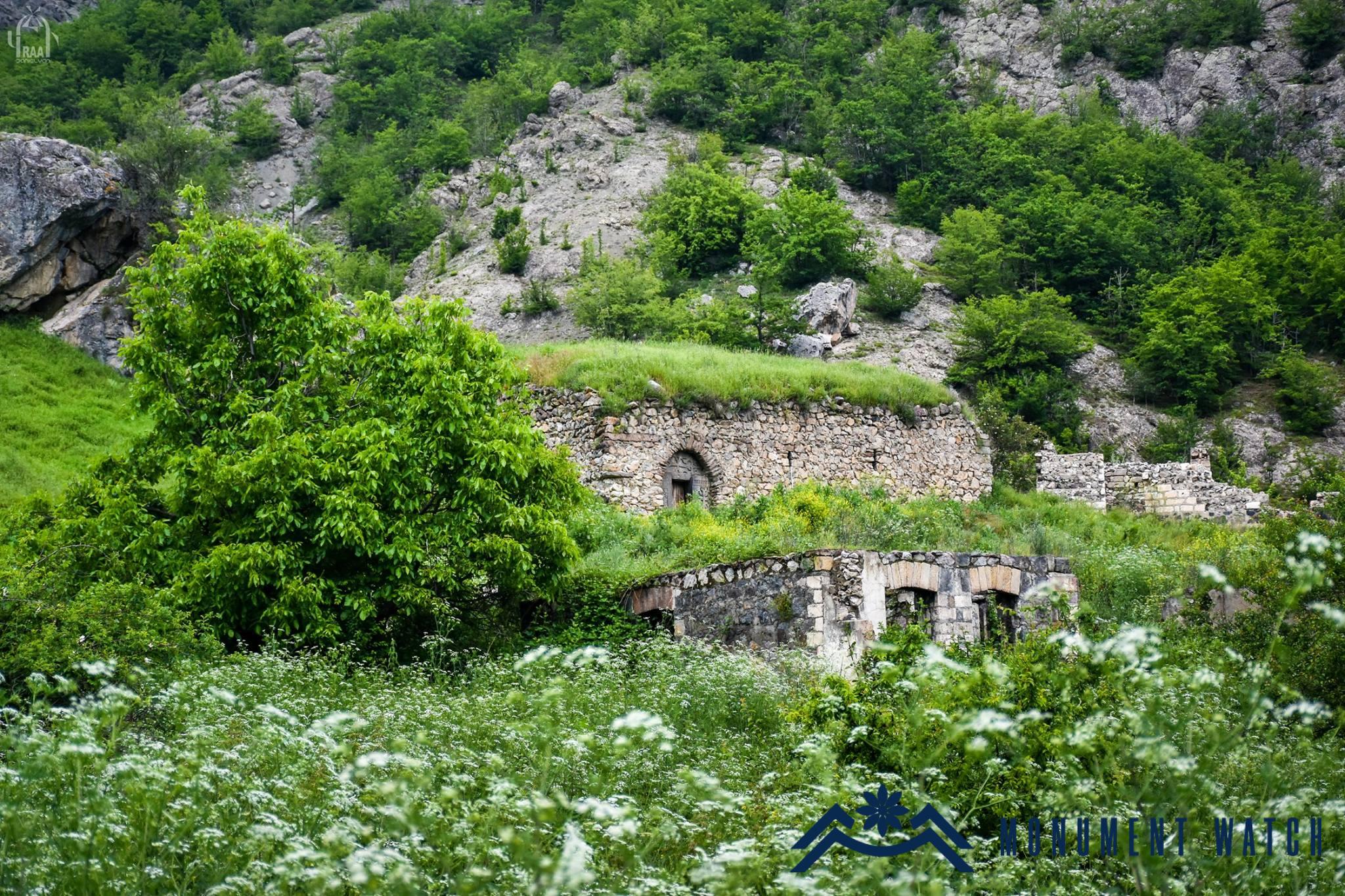
Fig. 1 Yeghtsi (Kilisa) rural settlement and church, photo by S. Danielyan, 2018.
Historical overview
There are no available historical data on the village, its historical name is not known, too. The toponym was named Yeghtsi after the re-liberation of Karvachar. Apparently, the Kurds who settled in the village at the end of the 19th century, based on the existence of a preserved standing church, named the village Kilisa. Judging by the architectural and construction solutions of the church, it was probably built at the beginning of the 17th century.
Architectural-compositional description
The church was built of local rough stones and lime mortar (Fig. 2). It is a single-nave basilica with a vaulted roof (external dimensions: 14.15x7.80 m). The semi-circular vault is supported by two pairs of pillars and an arcature (Fig. 3). The semicircular altar on the eastern side has vestries from the north and south (Fig. 4). Inside, the baptismal font is placed in the northern wall. The vestries have a rectangular plan and lack any windows. The illumination of the church hall was provided through four small windows opening from the east, south and west. The only entrance is from the south (Fig. 5).
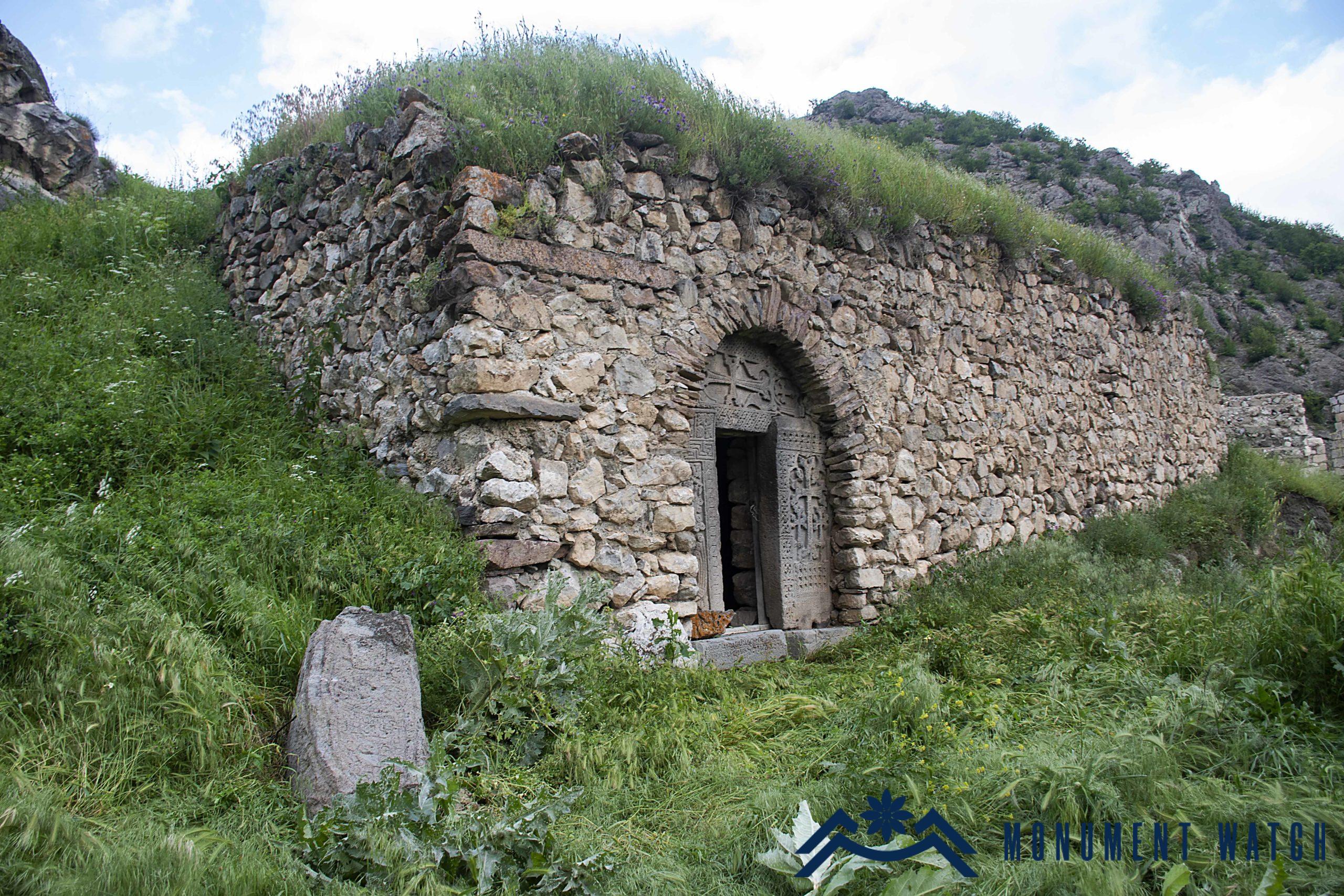
Fig. 2 The church from the southwest, photo by S. Danielyan, 2018.
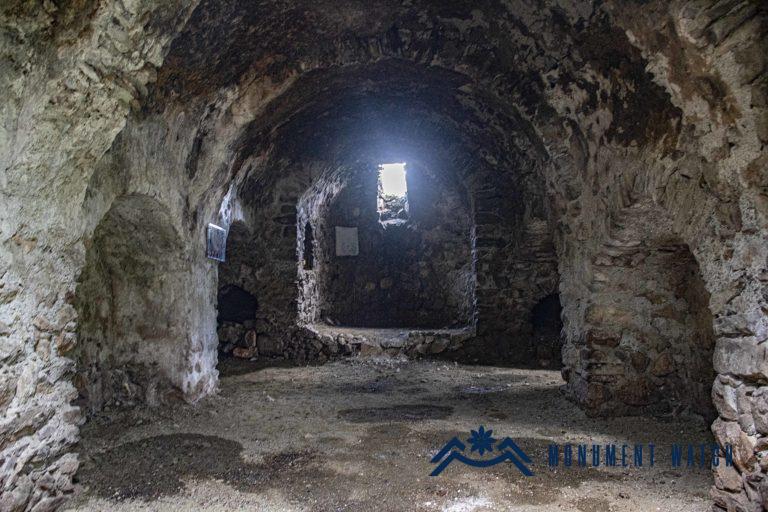
Fig. 4 The interior from the west, photo by S. Danielyan, 2018.
The most emphasized part of the church is the portal, for whose frame three khachkars belonging to the 11th (left) and 13th (upper and right) centuries have been used (Fig. 6). The two side khachkars bear inscriptions. On the pedestal of the left side khachkar we read: “I, axman Hasan, erected this holy sign as an intercessor to me and my departed” (Karapetyan 2019, 382). At the bottom of the other khachkar is the dated inscription, where we read: “In the year of 1246 of Armenians, I – smith Grigor, erected this cross for me and my spouse” (Karapetyan, 2019, 380).
Holistic and fragmented khachkars were used on the upper parts and sides of the windows. There used to be a cemetery around the church, of which almost nothing has been preserved, except for one gravestone in the southern courtyard. Fragments of other gravestones and khachkars are visible in the walls of village houses built in the second half of the 20th century and in their vicinities.
Dozens of engraved crosses have been preserved on a rock mass about 20 m north of the church (Karapetyan 2019, 380-384).
The northern wall of the church is covered with soil and merged with the slant slope. The western part of the roof is partially destroyed.
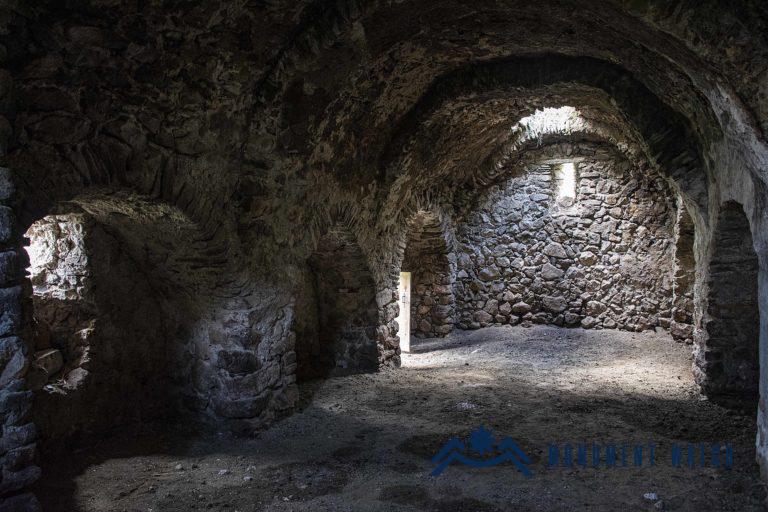
Fig. 3 The interior from the east, photo by S. Danielyan, 2018.
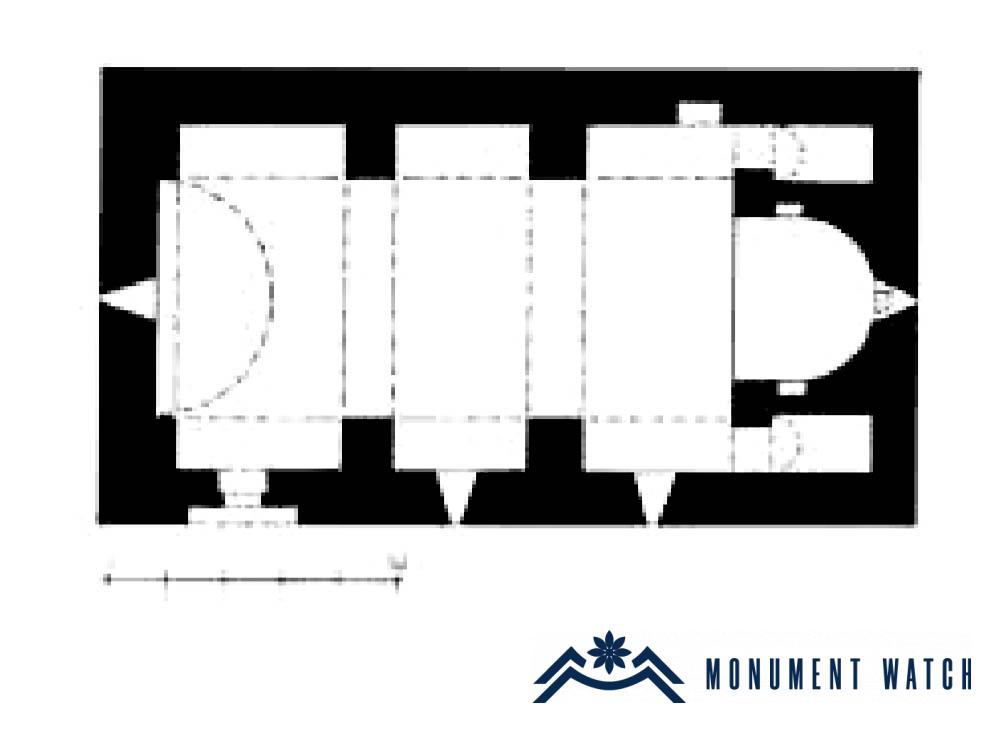
Fig. 5 The church plan, measurement by S․ Karapetyan, 1993.

Fig. 6 The portal of the church, photo by S. Danielyan, 2018.
The condition before, during and after the war
The church was not damaged during the Artsakh wars. There is no information about the monument after the Azerbaijani occupation of Kashatagh region in December 2020.
Bibliography
Karapetyan 2019 – Karapetyan S., Mravakank, Yerevan.
The Church of Yeghtsi (Kilisa) village
Artsakh